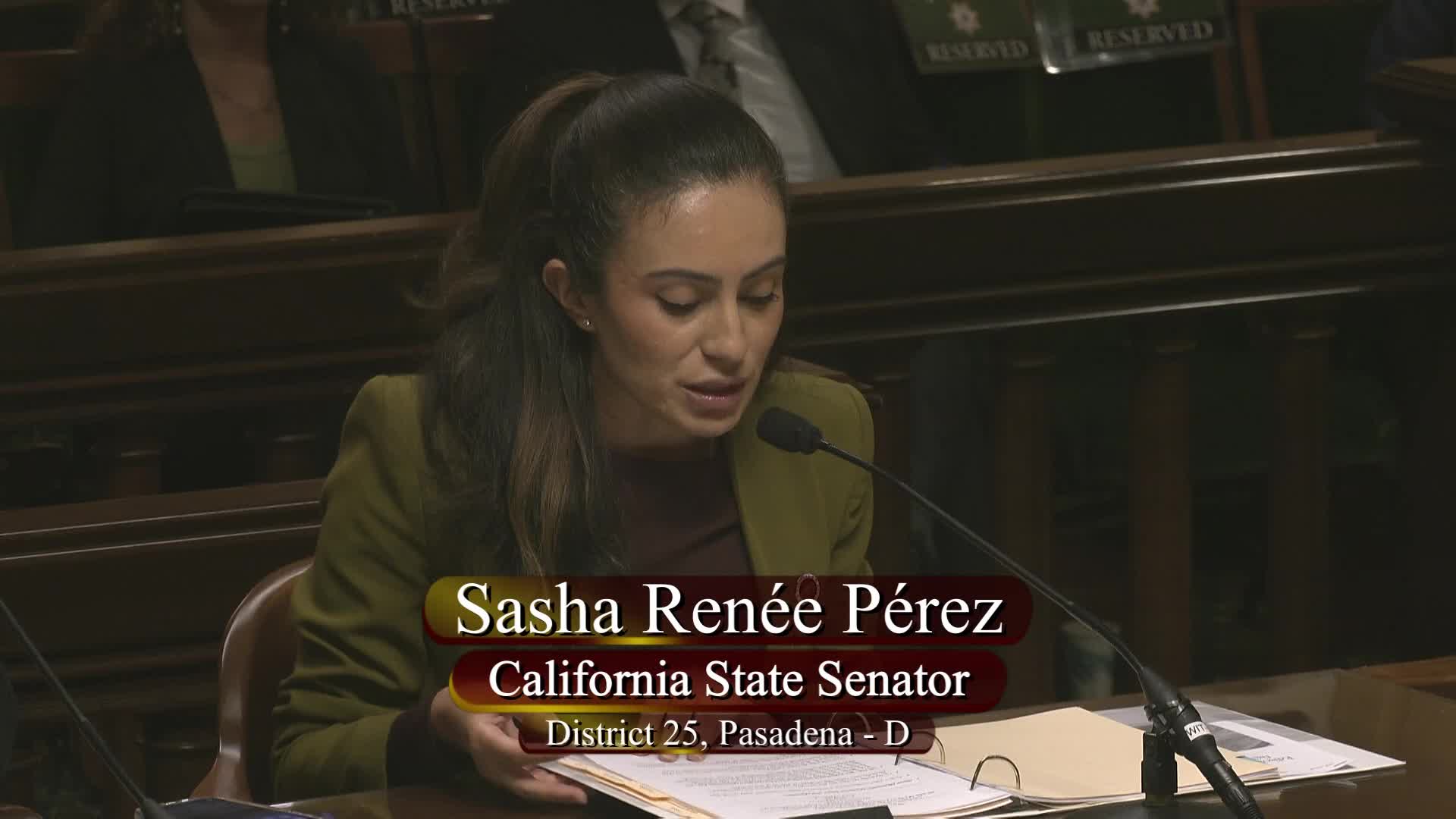California Senate approves SB 2 56 to improve wildfire mitigation and safety measures
July 09, 2025 | California State Assembly, House, Legislative, California
Thanks to Scribe from Workplace AI and Family Portal , all articles about California are free for you to enjoy throughout 2025!

This article was created by AI using a video recording of the meeting. It summarizes the key points discussed, but for full details and context, please refer to the video of the full meeting. Link to Full Meeting
Over the past decade, wildfires in California have resulted in the destruction of nearly 54,000 structures and the loss of 207 lives, with many incidents linked to electrical infrastructure failures. The Eaton and Palisades fires in Los Angeles County exemplified this issue, causing extensive damage and economic losses estimated at $131 billion for the region.
In response to these challenges, the legislature has implemented stricter oversight of electrical utilities, mandating wildfire mitigation plans and safety power shutoffs. However, recent wildfires have exposed gaps in these efforts, prompting calls for a reevaluation of how wildfire risk is assessed. Notably, areas like Altadena, previously deemed low-risk, faced devastating impacts from the Eaton Fire, highlighting the need for improved risk assessment methodologies.
The bill proposes to enhance coordination between utilities and emergency services, ensuring that decisions regarding power shutoffs are transparent and effectively communicated. It also emphasizes the importance of undergrounding power lines in high-risk areas, making participation in the state's program more proactive rather than voluntary.
During the meeting, testimonies from local officials, including Altadena Town Council member Nick Artisan, underscored the human impact of wildfires, with personal accounts of loss and community disruption. Artisan emphasized the need for legislative action to remove hazardous, abandoned electrical infrastructure that could contribute to future fires.
Opposition from utility representatives raised concerns about potential redundancies in existing emergency preparedness plans and the public disclosure of sensitive infrastructure information, which they argue could pose security risks. The committee acknowledged these concerns and expressed a commitment to ongoing dialogue to ensure effective implementation of the bill without unnecessary burdens on utilities.
As the committee moves forward, SB 256 aims to solidify California's wildfire response strategies, ensuring that lessons learned from past disasters inform future policies. The bill's passage could mark a significant step toward enhancing public safety and resilience against the growing threat of wildfires in the state.
Converted from Assembly Utilities and Energy Committee (1) meeting on July 09, 2025
Link to Full Meeting
Comments
View full meeting
This article is based on a recent meeting—watch the full video and explore the complete transcript for deeper insights into the discussion.
View full meeting
